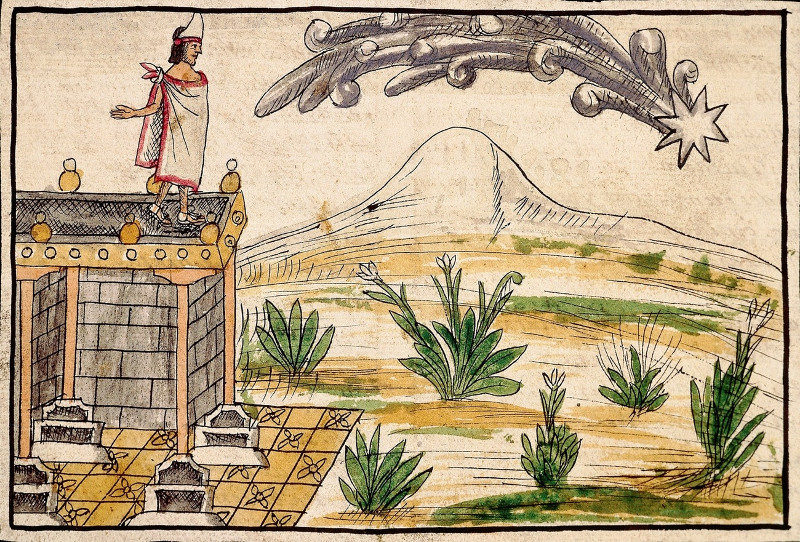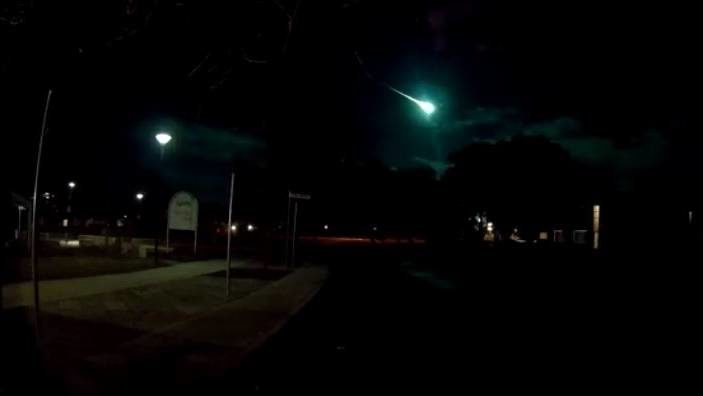
© DEA / G. DAGLI ORTI/Getty ImagesA sixteenth century illustration showing Montezuma observing a comet. The European Space Agency has a different plan.
Scientists at the European Space Agency (
ESA) are working on a
new "fast" mission to make the first flyby of a pristine comet - meaning one that has never before passed close to the sun.Since the first comet mission, all the way back in 1978, numerous space agencies have made
more than a dozen comet flybys, including one rendezvous and
landing.
But never before has a mission attempted to visit a comet on its first plunge toward the sun, when its never-before-heated surface is almost unchanged from when it formed at the dawn of the solar system, some 4.5 billion years ago.
The recently approved mission,
called Comet Interceptor, will also be unique in what it does as it nears its target.
Rather than simply flying by, it will split into four parts, each of which will whizz past the comet on a slightly different trajectory.
Three of these will be tiny instrument packages, which will view the comet from different angles. This will allow scientists back on Earth to create detailed 3D models not only of its surface, but of the gas, dust, and plasma surrounding it.
The fourth will be the mother ship, which will collect data from the smaller probes and relay it back to Earth.
"It's a novel concept," says Fabio Favata, head of the Strategy, Planning, and Coordination Office in ESA's Directorate of Science.
Details of the mission have yet to be determined, but the use of the word "fast" in its description doesn't mean it will be traveling at warp speed.


